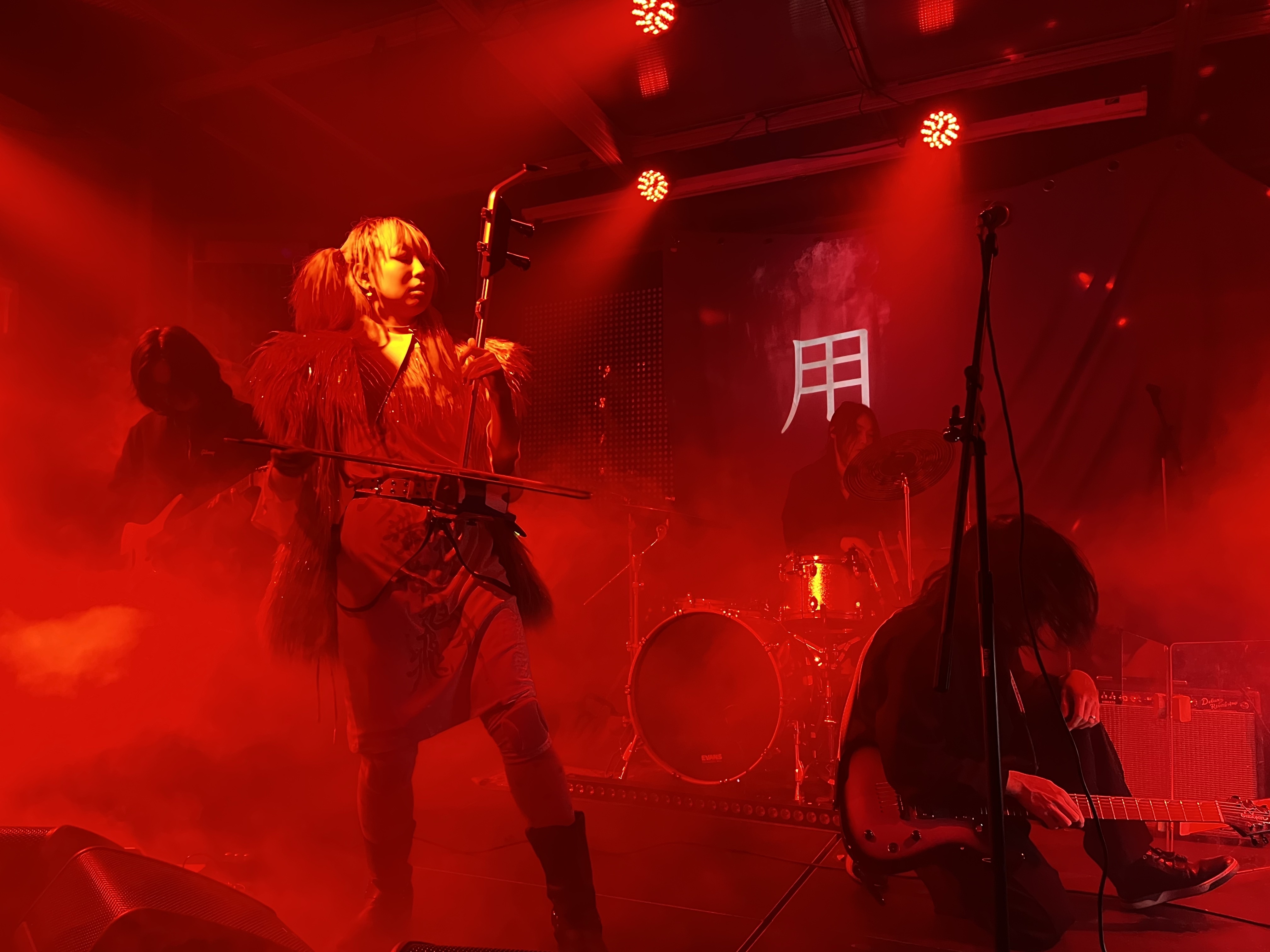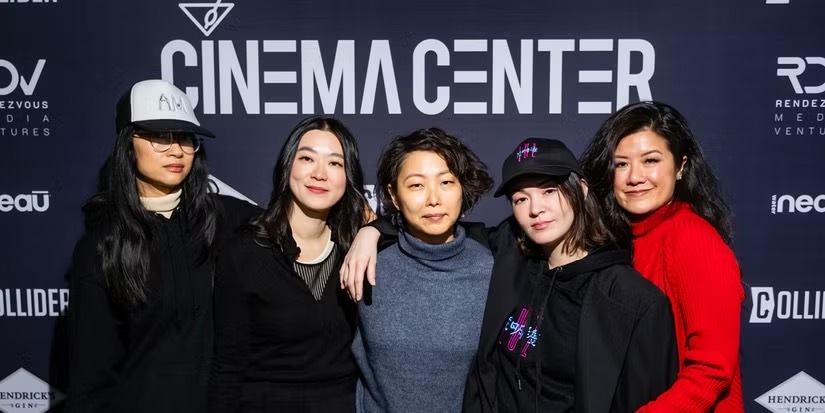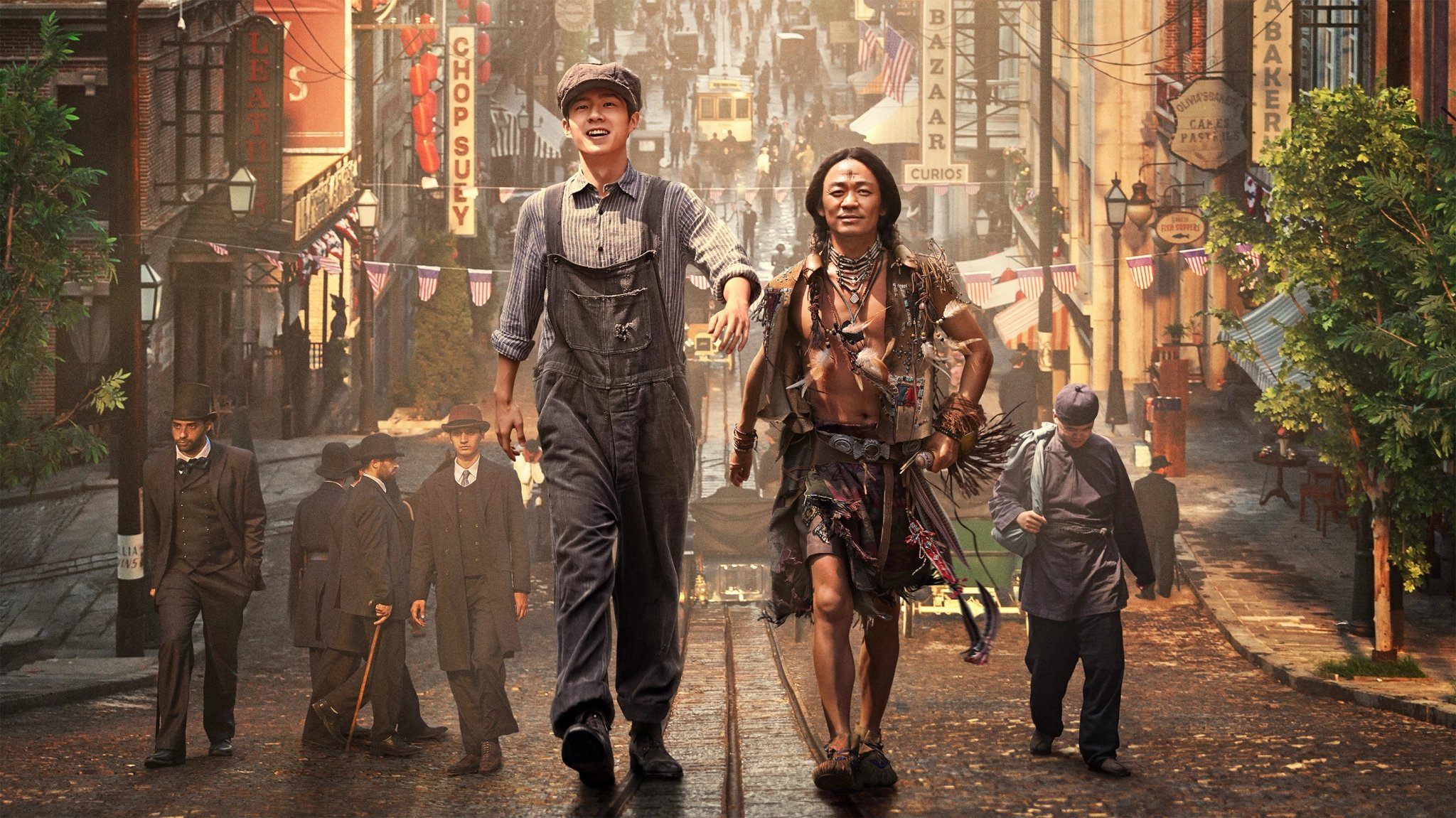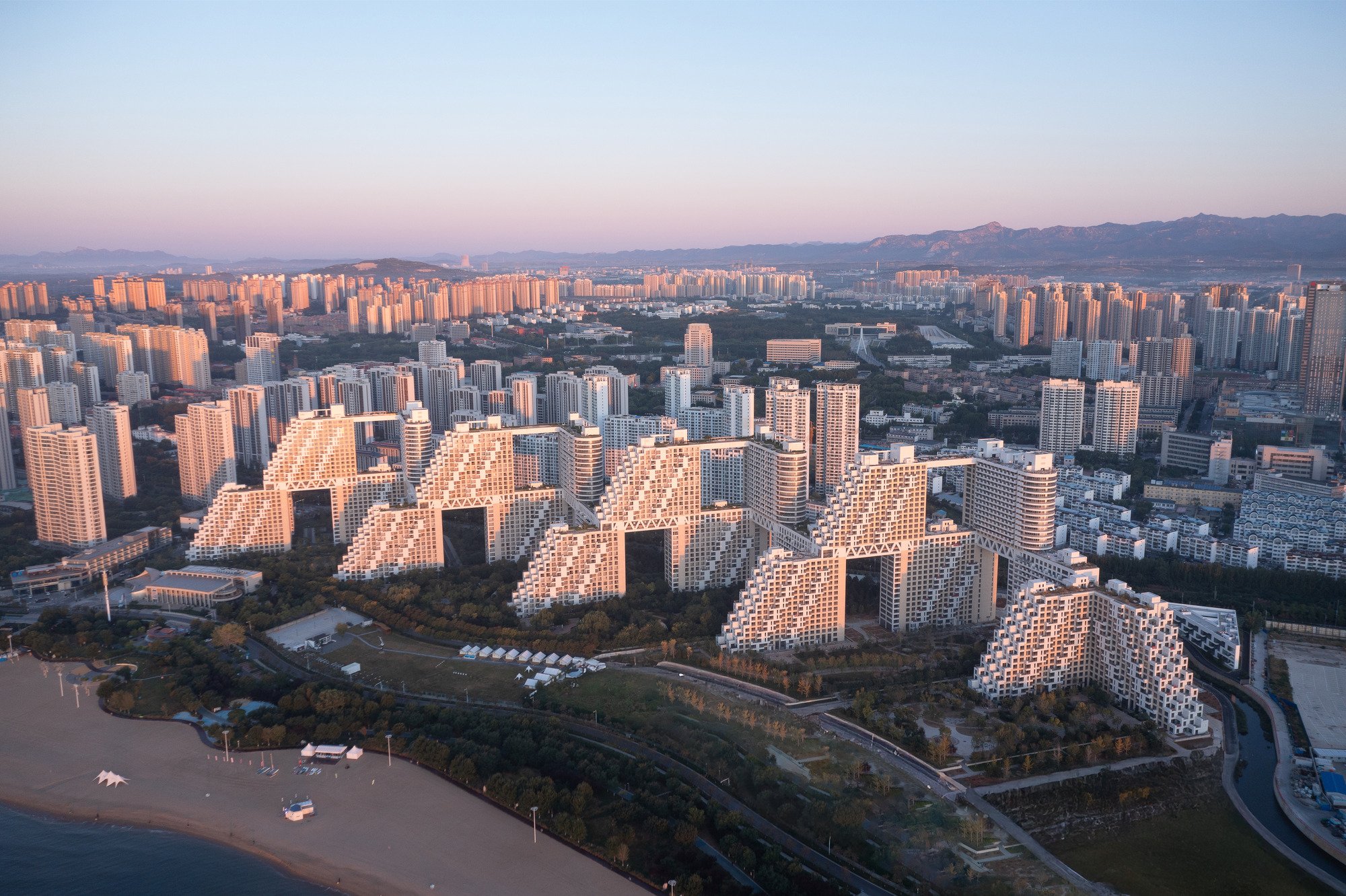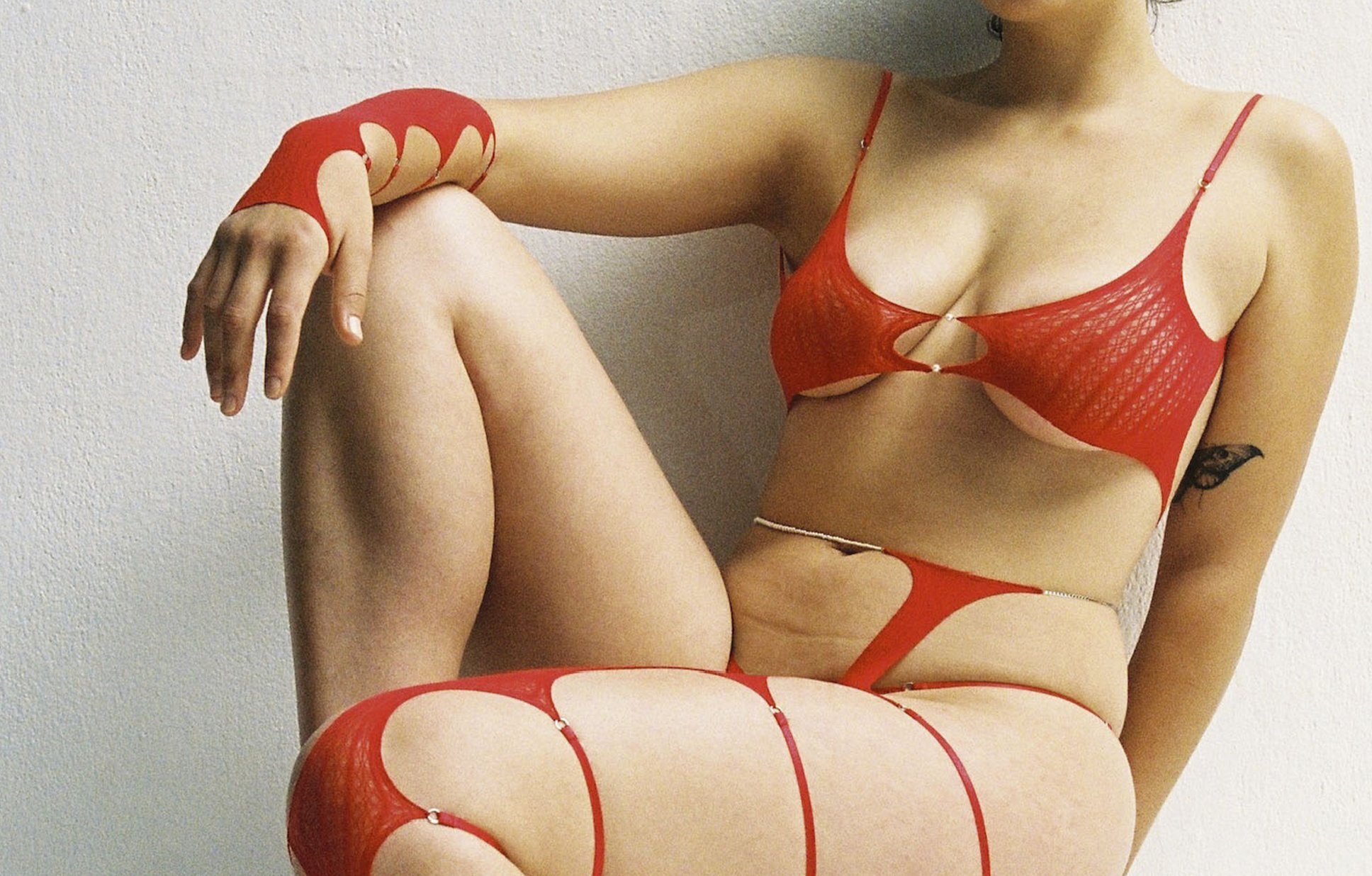Chances are, if you ask young Chinese people how they consume domestic TV programs, they will tell you they watch them on fast-forward whenever possible. It’s a common practice born of the sheer lengthiness of Chinese dramas.
The five most popular Chinese dramas of 2022 are all a single season (many Chinese TV dramas are just one season in length). The shortest series, Thousand Years for You, is about 24 hours long, while the longest one, A Lifelong Journey, clocks in at 43.5 hours.
However, A Lifelong Journey is still overshadowed by the hit Chinese drama Empresses in the Palace, released in 2011, which boasts 76 episodes of 45 minutes each.
Meanwhile, as of 2017, the average American TV show had 13 episodes a season, each as short as half an hour. A three- or four-season show would only begin to compete with the length of most one-season Chinese dramas.
Longer is not always better, however, at least in the case of TV. Chinese netizens have taken to calling these shows ‘water-injected’ (注水, zhushui) due to the amount of filler content in them.
In 2020, due to viewers’ anger over bloated shows, China’s National Radio and Television Administration (NRTA), the industry’s main regulatory body, capped the length of new dramas to 40 episodes and encouraged producers to keep it under 30.
But that hasn’t really solved the problem — 40 episodes of 45 minutes each is still 30 hours. So what motivates producers to make Chinese dramas so long? We have some answers.
All ’Bout the Money
In China, networks and streaming services like iQiyi pay for programs on an episode-by-episode basis — meaning the longer a show is, the more money its producers can make. Plus, with more episodes, producers can also include more in-show product placement.

According to the Chinese media outlet The Paper, the cost of making a drama has also increased drastically over the years due to actors’ hefty salaries, which have exacerbated the problem.
The media report added: “[TV] stars’ salaries have increased by more than 5,000 times in the past 30 years, and the highest remuneration for a single drama has exceeded 100 million RMB (14.6 million USD) […] the film crew often chooses to create more episodes to reduce economic pressure.”
To lengthen shows, creators usually drag out the plot, leave in excess or repetitive dialogues, film scenes in slow motion, and develop elaborate but unnecessary storylines for supporting characters.
One show famous for its drawn-out storytelling is The Mystic Nine, a 48-episode single-season show from 2016. It was purportedly about a mysterious tomb, but the characters did not investigate the crypt until the 18th episode.
Viewing Habits
Chinese dramas’ lengthiness goes hand-in-hand with the format of their release. Many shows are broadcasted on TV and streamed online simultaneously, with two episodes coming out every night or week, like this year’s uber-popular The Knockout, which recently finished airing its 39 episodes on the TV channel CCTV-8 and streaming platform iQiyi.
This format is markedly different from HBO Max, which releases one episode of a new show every week, or Netflix, which releases an entire season at once.
It is true that some Chinese shows — primarily sitcoms — have multiple seasons. For example, the longest Chinese drama, Migrant Wives, Local Husbands, has 4,000-something episodes, and it’s still going.

However, as mentioned earlier, most Chinese shows only have one season. That means producers must squeeze elaborate, often decades-long plots into just one chunk of TV. The Knockout, for example, takes place over more than 20 years.
Not only is the Chinese drama release format conducive to longer shows, but it also caters to viewers who love to binge-watch.
As anyone who has binged a show before knows, there’s something incredibly pleasurable in watching hours of a series without stopping. Chinese dramas are often eminently binge-able due to the sheer number of episodes available.
Web Novel Adaptations
Finally, because many Chinese dramas are adapted from books — or web novels — they have extensive source material to work from.
Two of the five most popular shows of last year — Love Between Fairy and Devil and The Heart of Genius — were adapted from web novels, and another, A Lifelong Journey, was adapted from a published book.
The most popular web novels in China often have as many as 3 million Chinese characters, equivalent to about 2 million English words. For reference, the entire Harry Potter series only adds up to a little over 1 million words.
As one author observed, web novel writers keep readers hooked by designing a small climax every three to five chapters and a big climax to round out one plotline in about 10 chapters.
Unsurprisingly, these massive word counts can also be traced back to money. Just like TV producers, the more they write, the more they can get paid. Usually, authors are paid 2 to 3 cents per 1,000 Chinese characters (excluding the free trial period for readers and the platform’s cut), multiplied by their number of subscribers. It’s the perfect formula for fostering long, feel-good stories, which have been adapted into TV dramas with increasing regularity.
Adapted from web novels or not, Chinese dramas often use the same tactics and techniques to lengthen the story and keep the operation afloat.

In recent years, though, we have seen successful miniseries such as the 12-episode thriller The Bad Kids and the 15-episode time-loop suspense Reset. The only question is whether short dramas survive in an industry saturated with long-form content.
Cover image via IMDb
